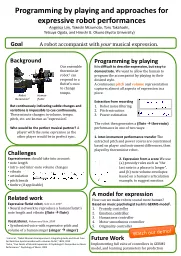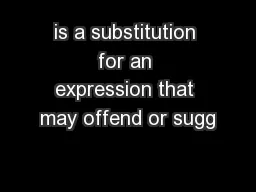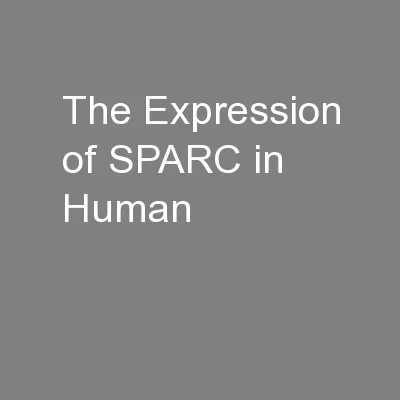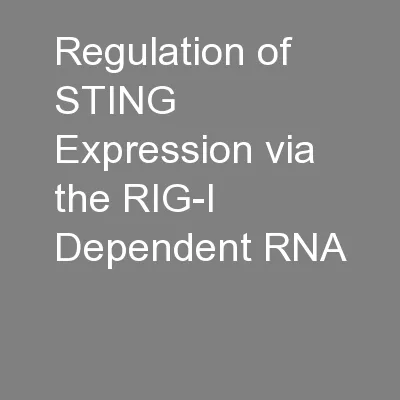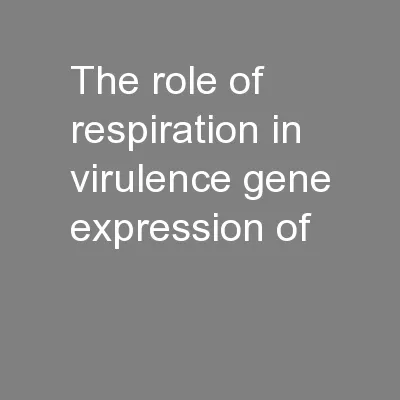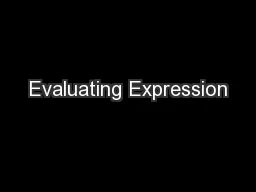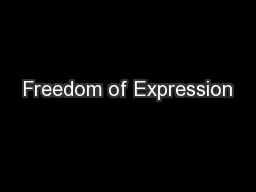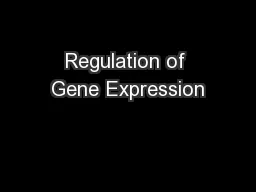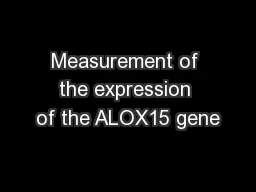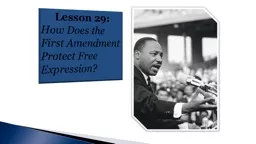PPT-A model for expression
Author : test | Published Date : 2016-08-08
How can we make robots sound more human Based on music psychologist Juslins GERMS model 2 Prosody controller Emotion controller Humanness controller Motor smoothness
Presentation Embed Code
Download Presentation
Download Presentation The PPT/PDF document "A model for expression" is the property of its rightful owner. Permission is granted to download and print the materials on this website for personal, non-commercial use only, and to display it on your personal computer provided you do not modify the materials and that you retain all copyright notices contained in the materials. By downloading content from our website, you accept the terms of this agreement.
A model for expression: Transcript
Download Rules Of Document
"A model for expression"The content belongs to its owner. You may download and print it for personal use, without modification, and keep all copyright notices. By downloading, you agree to these terms.
Related Documents

